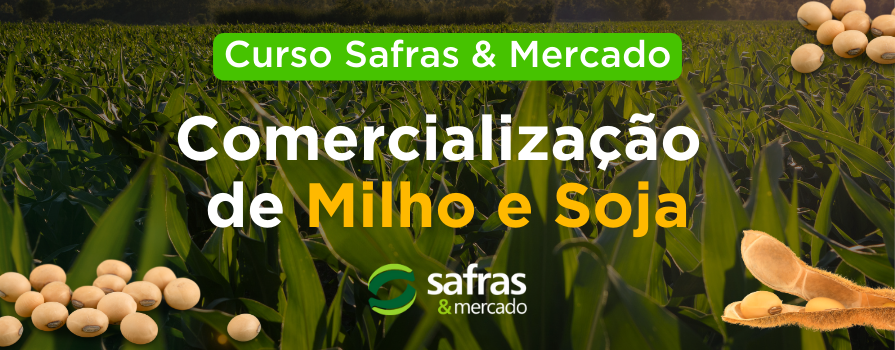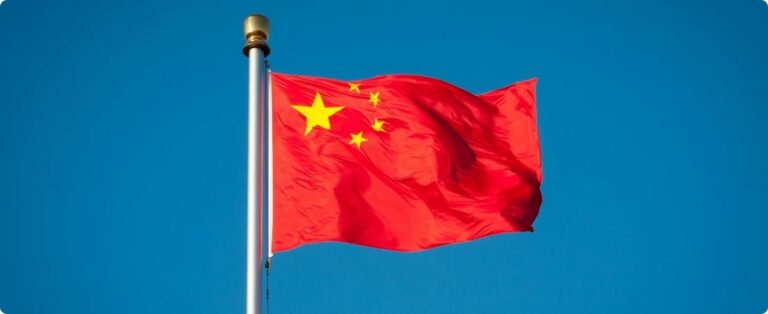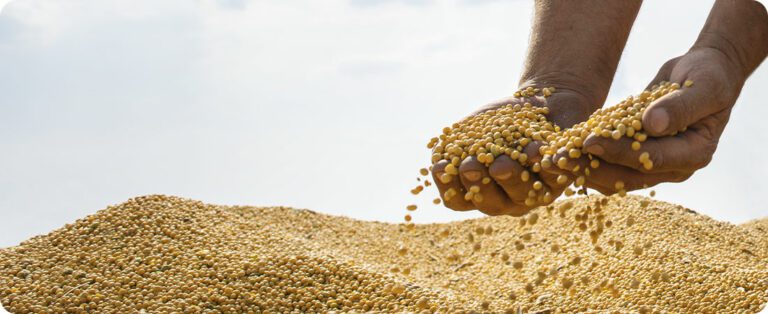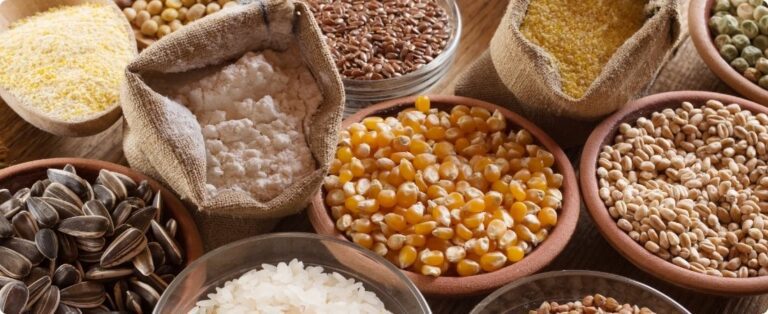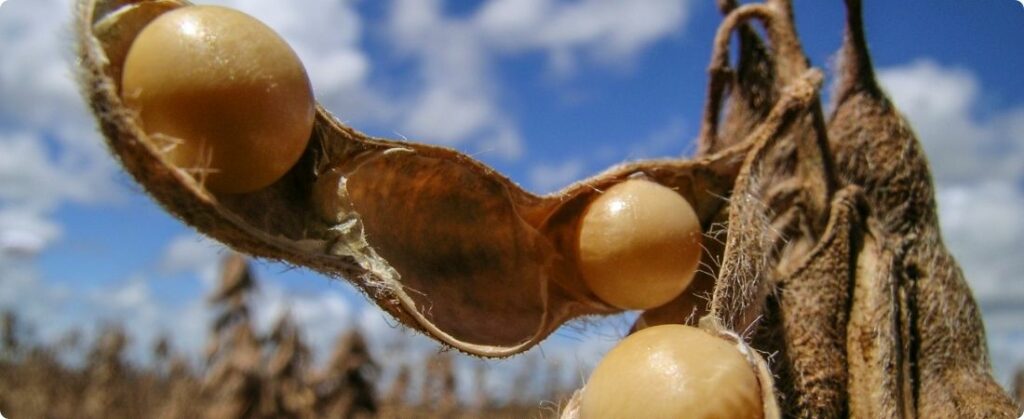
For Paraguayan soybean producers and exporters, the tariff war Global trade is an unpredictable journey. They fear the effects of volatility while hoping for greater Chinese demand for South American soybean meal and oil.
Furthermore, the landlocked country is the world's third-largest exporter of soybeans, behind Brazil and the United States, with exporters including Cargill, Viterra and Bunge. Most of its production, therefore, goes to crushing plants in neighboring Brazil and Argentina.
Consequently, farmers have been affected by price fluctuations, partly impacted by the tariff standoff between the United States and global trading partners, including China, a major buyer of soybeans.
“It’s like a toboggan ride,” said Héctor Cristaldo, president of the Union of Producer Guilds, which represents farmers. Cristaldo spoke to reporters this week, referring to U.S. tariffs that have roiled markets and hurt grain prices.
Finally, he concluded: “We don’t know where the market will recover and where it will stabilize.”
Climate outlook and production recovery
One bright spot is a more favorable weather forecast for next season, after drought reduced the country's soybean harvest to about 8.5 million to 9 million tons this season. Late soybeans are still being harvested.
“We are moving from a ‘neutral cold’ to a ‘neutral warm’ climate condition. This change could bring a good level of precipitation,” said Hugo Pastore, CEO of the Paraguayan Exporters Association, CAPECO.
Industry sources have estimated production of more than 10 million tons in the 2025/26 harvest, with rains providing relief to crops and raising river levels, a crucial factor for transporting the oilseed. US government data predicts production of more than 10 million tons to 10.9 million tons.
The increase will be beneficial for Paraguay, even if planting does not begin until the end of the year. The drop in exports in the first quarter – from 2.5 million tons to 2.2 million a year earlier – hurt dollar income and devalued the local guarani.
Future challenges: EU tariffs and regulations
However, officials warned that market volatility following announcements of trade tariffs and new European Union regulations could create further challenges.
Exporters have until December 2025 to comply with the new EU rules. The deadline was postponed earlier this year due to lobbying by soy exporting countries. The rules require that all soy imported into the economic zone must be deforestation-free.
“We are concerned about tariffs and what will happen when these new EU rules come into effect,” Pastore said.
Paraguayan farmer Valdecir De Souza grows soybeans near Paraguay's border with Brazil. He said he was positive about better rains. He also said he could see a silver lining in the trade war.
He said the country could increase its competitive advantage by supplying raw beans to other countries, which would then ship those products to end markets such as China. Paraguay does not have direct trade relations with China because of decades-old ties with Taiwan.
Agricultural analysts said an escalation of the new trade war could drive more Chinese demand to South America over time. They noted that something similar happened to Brazil in 2018.
“We could have a competitive advantage by finding new markets for our products,” said De Souza, 58. “I see that on the one hand it is quite worrying … but on the other hand it could open new doors for our soybeans.”
Source: Daniela Desantis, Lucinda Elliott, César Olmedo, Adam Jourdan and Philippa Fletcher | Notícias Agrícolas

